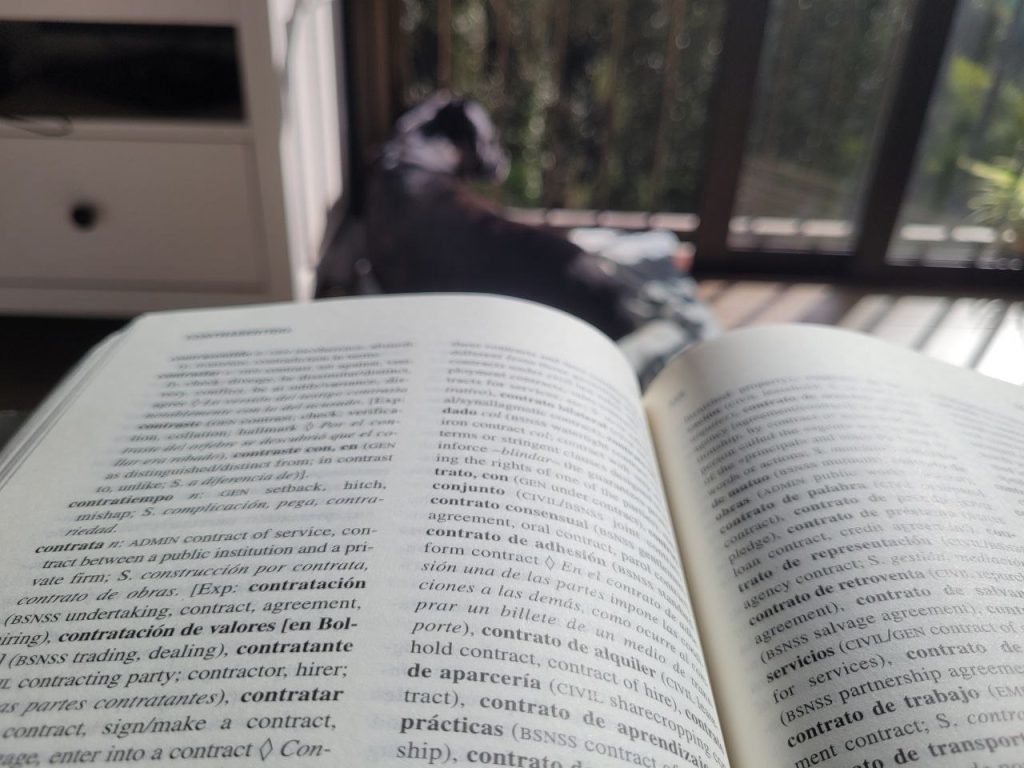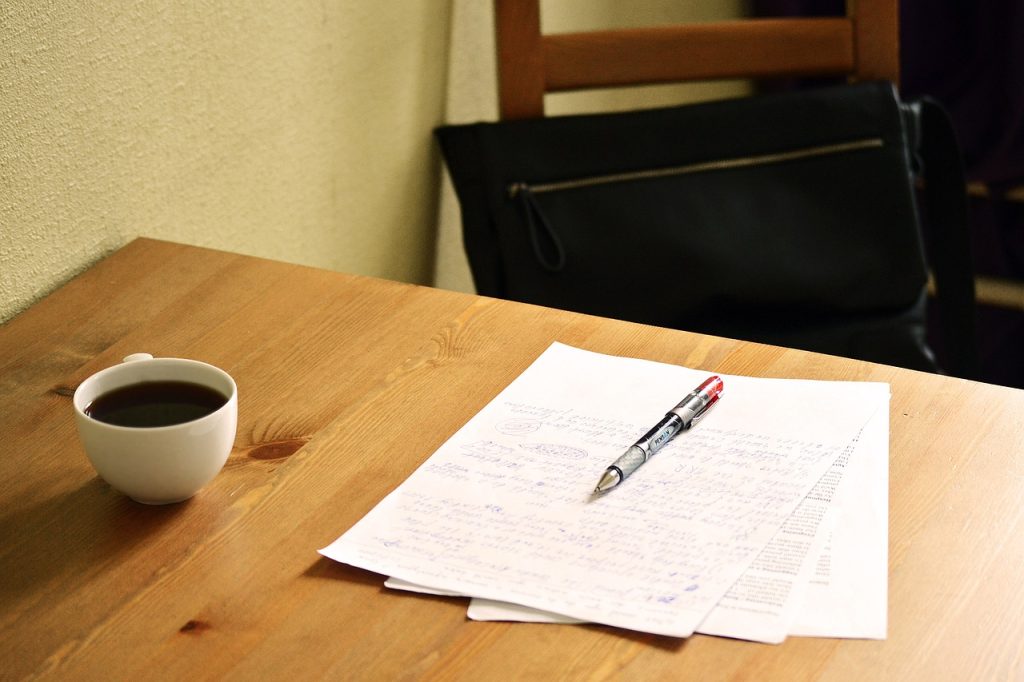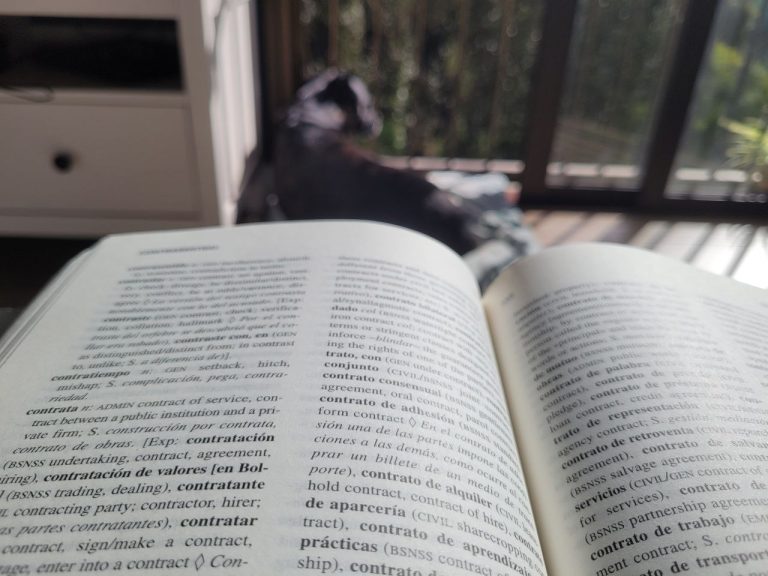Translation is no easy task:
- You shouldn’t omit or add any information in the target text.
- The terminology must be correct and used consistently.
- You have to follow your client’s instructions.
- Figures, codes, names and dates must be correct.
- There can be no grammatical or punctuation errors.
- The text must be easy to read; it has to flow naturally.
That’s an awful lot to consider! How do we freelance translators keep everything organised?
It’s important to have a quality control process in place. I have a system that I always follow to minimise errors and ensure my translations are up to scratch.
Read on to find out more about my process.

Step 1: Before we start: assessing the text
Each text is different and will have different requirements to be translated properly. Before quoting and confirming a project, I always have to check the source text. In this step, I look at:
- Languages. The translation must be in one of my language combinations (English, Spanish or Estonian into English or Spanish). If it’s not, I’ll always try to recommend a colleague.
- Deadline. Good human translation requires time, both for translating and proofreading.
- Format. A Word document is usually easy to handle, but if it is a PDF, I will probably need to run it through OCR software. It might also need additional DTP (layout design) work.
- Scope and terminological complexity. I only work in areas where I know I can do a good job (in my case, legal, financial and academic texts). If it’s an area I’m not familiar with, I’ll try to recommend a trusted colleague.
- Confidentiality. It’s important to see whether the document contains any personal data or sensitive information. If so, I know I won’t be able to run it through any tool that may compromise that data (e.g. AI tools, machine translation, free online tools or cloud-based environments).
Step 2: When translating
One of the easiest mistakes we can make when translating is to omit part of the text. This problem is practically solved by using a CAT tool.
CAT tools are computer-assisted translation software. Not to be confused with machine translation! These are two different things. CAT tools do not translate for you, but provide an environment for translation and quality control.
The CAT tool I use is Trados Studio, one of the most well-known (and complicated) tools on the market.
Whenever I can, I use Trados to translate because it:
- Splits the text into fragments (called segments) and places each segment of the source text next to the (empty) segment of the target text.
- Keeps the formatting of the original text (as long as it is an editable and computer-readable format, of course).
- Integrates term bases or glossaries that I use as reference while translating.
- Creates translation memories, which are databases of previous translations that I can consult and reuse. This ensures consistency, especially in repetitive texts or similar documents.

Step 3: Review
The review process (PDF download link) is crucial and should never be skipped. In this stage, we detect errors and problems, ensure consistency, check figures, fix parts that sound awkward and add finishing touches.
In fact, if the text is to be published or is high-priority, it’s important to have another person proofread it. This is called the four-eyes principle. Everyone (including me) has blind spots. I have several trusted proofreaders that I rely on to fix my mistakes and improve my texts.
When I revise, I use a variety of proofreading techniques, combining automatic QA tools with manual revision techniques.
I run automated checks like these:
- Terminology review in Xbench.
- Double spaces and numbers check in Xbench.
- Microsoft Word or Trados grammar and spelling check.
Any issues detected have to be corrected within the Trados file (in SDLXLIFF format). Since automatic proofreading tools always produce false positives, it’s important to check their suggestions one by one.
My manual review process goes in stages. I do multiple rounds, looking first at the translation problems I have had in the previous stage, and assessing whether the solution seems adequate or whether more research or thinking is needed. I also look at specific elements, such as:
- Titles and headings.
- Names.
- Dates and numbers.
- Format.
And, of course, one last overall reading to make sure that the text reads well, flows and that everything is understood. The text has to be fit for purpose, taking into account who the final reader is.

Conclusion
Translation is a complex process that cannot be (fully) automated. There are tools that help a lot with quality control, but in the end, the text has to be well written and fit for purpose.
🔷 🔷 🔷
If you need help to translate texts from Spanish, English or Estonian into Spanish or English, please get in touch! I specialise in legal, financial and academic texts, but also have a network of colleagues I can recommend if you’re looking for something else.


